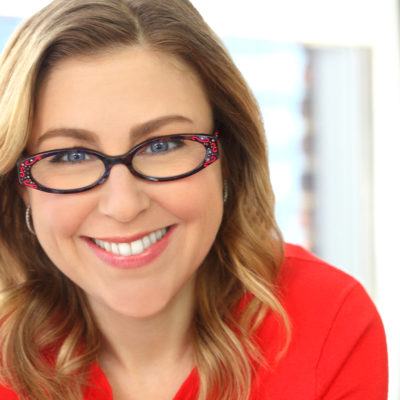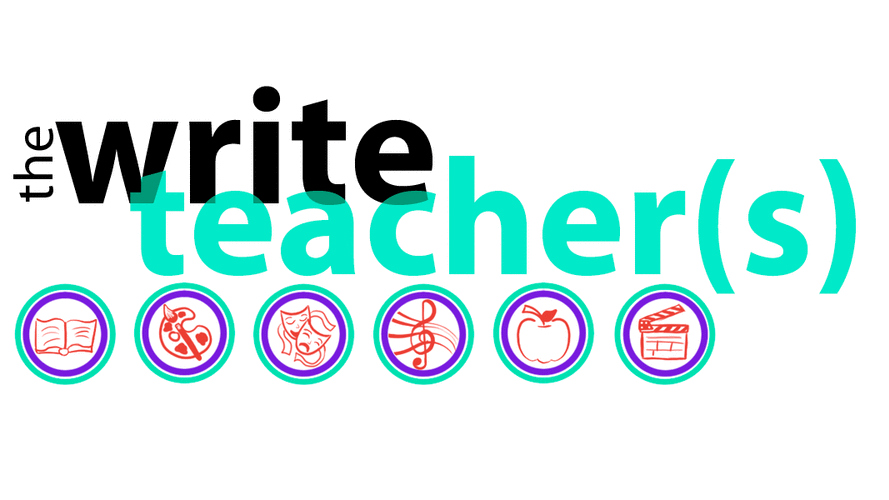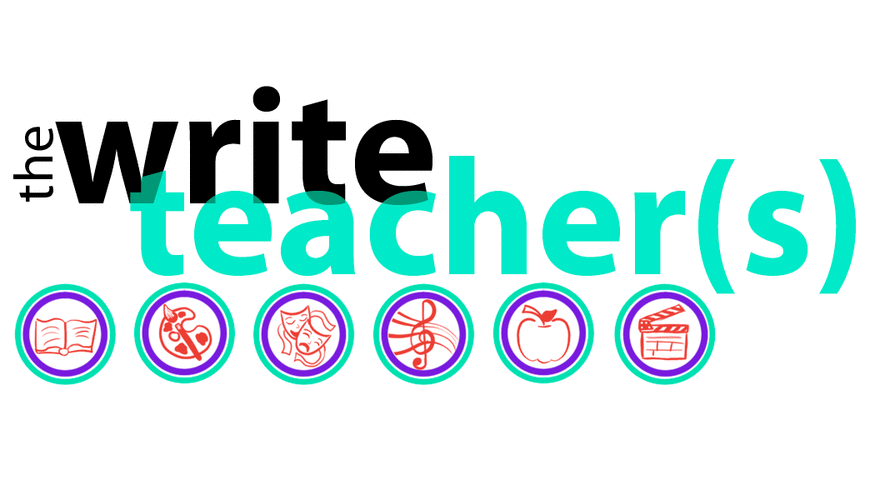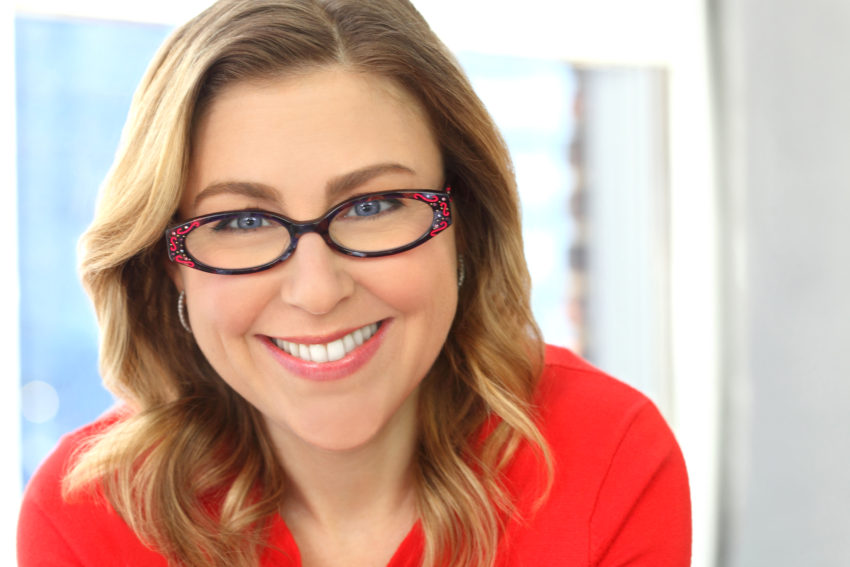To the actor-singer, the writer-producer, the director-educator, this one’s for you. This Q and A explores the art (and challenges and thrills) of becoming a multi-hyphenate. I sat down with writer-casting director Jen Rudin to talk about her new play Beautiful Pasadena, opening this month as part of the She NYC Arts Summer Theater Festival.
( Some questions in this interview has been condensed and edited for clarity.)
Q: Your website so beautifully highlights all your experience– books and plays to pilots and coaching and, of course, casting! Can you speak a bit to the life of a multi-hyphenate?
I started out as a professional child actor, but I pretty much knew… I was not going to be an actor, most likely, in my adult years. I was always a writer. And I always wanted to be a producer and a casting director. It’s so funny because when I look back on my childhood, I was playing producer in my bedroom, and theater with my sister, and cutting out playbills and making playbills and playing agency. It was very different from just being a child actor, I was on the production end of things, producing and casting.
[Then] I became a casting director, but I hid my writing. I had some plays that went up 20 years ago, but I never pursued it. It was only after I wrote [Confessions of a Casting Director] and was back in the library writing again that I realized I missed it. It’s not too late to pursue your dreams, so… I took a TV writing class…and went to NYU to get my MFA in Dramatic Writing!
I took a really big risk by becoming a multi-hyphenate, I think. And it’s fun, but you’ve really got to chip away at the boulder every day (laughs).
Q: And you market each one so specifically. You really know your audience(s). Did you study marketing?
I’ve always been a good promoter. I give HarperCollins a lot of credit because when my book came out they put me through an incredible media training on interview skills and how to do social media. But I’ve always been a good promoter, even before the Internet… back in the late 1990s/2000s when we all had Juno accounts or AOL. Even back then just sending out postcards to people, I always managed to get people into the seats through word of mouth. I’m a good networker, and I get the word out! It’s a good skill to have!
Q: Let’s talk about the path to Beautiful Pasadena. When was it born?
I was a TV concentrate at NYU. And I’m really a half-hour dramedy/ traumedy writer, a storyteller through TV and film, but at NYU we were required to take some playwriting classes, so Beautiful Pasadena started as a project for my Play II class under the leadership of Rinne Groff. It was funny because I took Play I with her, and I wrote this really funny comedy called My Goddamn Bat Mitzvah, and [in the second semester] I wrote the first draft of Beautiful Pasadena. My classmates were like “whoa, Jen! This is deeper [than usual]” It was really a diversion for me, but when I was at NYU, all my professors kept telling me,“go deeper; you’re a funny writer, but go deep.” I can write for days about agents, child actors, and casting directors about what they go through…
But to try to get out of my comfort zone, I had to go deep (and painful!) which is Beautiful Pasadena.
Q: The play deals a lot with complicated relationships– within a marriage, a family, at the workplace. What was the original inspiration?
Originally, I had started it as a 10-minute play [for class]. The prompt: What if you could go back in time… What if I could go back in time and… not marry my ex-husband. What if you could go back and talk to your younger self?
Freeway [the original 10-minute play] was a fantasy. Will and Rachel on the freeway in Los Angeles 6 weeks before their wedding, realizing that they have all these political and world-view differences. Will and Rachel had inner voices speaking to them that were played by different actors. At the end, Rachel actually gets out of the car on the freeway, doesn’t marry will, and walks into the rest of her life.
But Beautiful Pasadena is a little more realistic and actually follows their marriage from the beginning. They buy this beautiful apartment on the top floor of this historic building and begin this expensive remodel just as their marriage and the economy collapse.
Q: Going from 10-minute to a full-length play! Can you talk a little bit about your rewrite process?
Having just made a short film, Lucy in the Sky, based on my full TV pilot which won the Sloan Award, I know all about making cuts. And also I think the older I get, the more I cut. What’s so great about this rehearsal process is… we’re just making cuts every day. Thank God for professional actors who help bring it to life and help me figure out better, faster dialogue. CUT CUT CUT CUT CUT CUT CUT. I’m okay with it, I really am.
Q: This is the second time you’ve worked with director Jamie Richards on Beautiful Pasadena. How did you two get connected?
Back in 2001, Jamie hired me as the casting director at Ensemble Studio Theatre I cast a bunch of plays for them including the Marathon Plays. [Cut to…] Katherine Leask. She’s in the play playing Karen. We reconnected. I invited her to see Lucy in the Sky, and she’s the one who brought [Beautiful Pasadena] to Jamie at EST. And so we did a reading there in January. I hadn’t seen Jamie in almost 20 years!
It’s been great to bring it to full production. What’s great about She NYC Arts festival is that they really want to see plays fully produced and not any more developmental readings, and so Purple Glasses is still raising some money to cover the costs of my bathtub and my sink.*
*TWT NOTE: Much of Beautiful Pasadena takes place in a bathroom mid-renovation. Rudin shared that in past drafts she tried setting the whole play in the bathroom, but it/she felt too claustrophobic!
Q: What’s it like being the writer and CD on a project? It must be special to handpick the characters you’ve been imagining during the writing process.
I’ve cast my own stuff over the years. For Beautiful Pasadena, it was [first] about finding a couple in their 30s. Focusing on getting the right age for them. And we did: Fredi Bernstein and Asher Grodman.
And I’ve got to give a shout out to Sean Boyce Johnson doing double duty playing Jonathan the hot shot lawyer and Barrett the real estate broker. I love to double cast; it’s a great skill that actors have. But so many actors [who auditioned] couldn’t morph between the two roles, but in walks Sean– the next Laurence Fishburne, you heard it here first– and he was able to make us fall in love with him in both roles. He’s so exciting to watch. I’m excited for people to see him. He’s able to take two characters from two completely different worlds and make them distinctive and not cliche.
Katherine [Leask] is another example of an actor who’s able to go back and forth and play [multiple] roles, and when you have these fantastic actors, you want to give them more to do.
Q: How about rehearsals? What’s your involvement been like?
I try to be there as much as possible. I’m making small edits here and there to make the flow better. It’s really important to collaborate and have other people weigh in. I would never direct my own piece. And thank God for NY theater actors who want to play around and try things.
Q: What would you like to see happen with Beautiful Pasadena?
I’m adapting it as a limited series for streaming. Each season focuses on a new couple in that historic building trying to fix their marriage as they remodel the space. But for the moment I am happy to have a really solid script for future writing opportunities. It would be great if Beautiful Pasadena could have a future life, but I’m really just excited to see it come all together…especially that bathtub and the sink.



